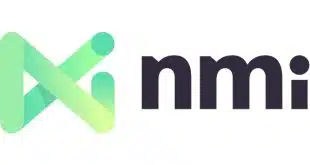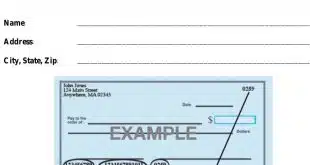The Merchant Customer Exchange, a retailer-controlled mobile payment scheme, has given its service a name. Dubbed CurrentC, the service will not be available outside of testing until 2015.
First announced in 2012, the long-gestating scheme aims to give participating retailers their own mobile-wallet service that eschews the traditional payment networks in an effort to lower payment costs.
When at full scale, more than 110,000 merchant locations will accept CurrentC, MCX says in a press release. Participating retailers, according to the MCX Web site, include Walmart Stores Inc., Target Corp., Southwest Airlines Co., 7-Eleven Inc., convenience store chain Wawa Inc., and regional grocer Hy-Vee Inc.
MCX declined to comment about CurrentC beyond its press release. The Needham, Mass.-based organization says the wallet will be enabled for smart phones using Apple Inc.’s iOS and Google Inc.’s Android operating systems. The service relies on bar-code scanning to complete a transaction.
In addition to a payments function, the app also will store and automatically apply offers and track a consumer’s loyalty program participation.
CurrentC transactions will be secured with a token that is used in lieu of sending cardholder data each time, MCX says. The app will use a bar code unique to a particular transaction and will not require additional hardware from most consumers or merchants, it says.
The significance of the MCX announcement—especially in light of the scant details and a suspected announcement from Apple next week that it may introduce a mobile-payment service—can be read a couple of different ways.
“It’s a reminder that they’re still there,” says Mary Monahan, executive vice president and research director for mobile at Pleasanton, Calif.-based Javelin Strategy & Research. “We’re at the table.”
That’s important because it is rumored Apple will work within the existing payments infrastructure. Merchants are part of the traditional payments system, Monahan says. “And if Apple goes with near-field communication, which is the rumor, they want to remind everyone they could go QR code and not turn on the NFC terminals,” Monahan says. “Apple needs [merchants’] cooperation.”
There are about 800 million iTunes accounts under Apple’s purview. Speculation is rampant that those accounts could be enabled in a mobile-payment scheme supported by an iPhone with an NFC chip. An Apple product announcement is scheduled for Tuesday, but Apple has not disclosed the subject of it.
The CurrentC announcement, even without details, is significant, says consultant Steve Mott of Stamford, Conn.-based BetterBuyDesign. The testing going on now is with actual transactions at merchant locations, an expansion from activity earlier this year. CurrentC also is using tokenization technology from Paydiant Inc., which is providing the mobile wallet technology. And, it provides a preview of the benefit/value proposition with a larger focus on marketing than on payments, Mott says.
“Taken together, these steps verify the sustaining nature of this effort, which has already changed the conversation over how payments should be done in the future,” Mott says. “This announcement underscores the reality of an alternative to the legacy payments system approaches to transacting—EMV, EMV tokens, NFC, PCI, and associated constraints on how merchants and consumers can interact and market together.”
CurrentC, given the lack of major card brands as partners, presents an opportunity for MCX to disrupt mobile payments, says James Wester, practice director for worldwide payment strategies at Framingham, Mass.-based research firm IDC Financial Insights.
The MCX announcement may be a pre-emptive move against the anticipated Apple one, Wester says. “What may be counterintuitive with all of the delayed or underperforming mobile-wallet products to date is that the high expectations for Apple’s mobile-payment plans may be completely uncalled for,” he says. “Why do we assume Apple has special insight into making a mobile-payment product? Perhaps they do, but if they succeed a rising tide lifts all boats.”
CurrentC is well-positioned to drive adoption, says Beth Robertson, principal at Robertson Payment Services LLC, an advisory firm, but two challenges await.
“One is the concern generated by various merchant data breaches may bleed into related concerns that CurrentC offers adequate security protections and liability coverage for users,” Robertson says. “Second is access to the device that options like [Isis] or Apple offer; this may be a hurdle for CurrentC, although not an insurmountable one.”
“Right now, point solutions and trials are viable, but the key to success will be building ubiquity of access, and this may be a challenge for a merchant-driven option,” Robertson says.
In related mobile-payment news, Isis, the mobile-payment scheme backed by AT&T Inc., Verizon Wireless, and T-Mobile USA, has changed its name to Softcard. The new name and logo soon will festoon the enterprise’s Web site and mobile app. Isis said it would rebrand to disassociate itself from the Islamic militant group in the Middle East.
The rebranding will be fraught with obstacles, observers says.
“It’ll be tough to take all of that branding and start over,” Monahan says. “They poured a lot of money into [Isis] and now they have to start from ground zero.”




